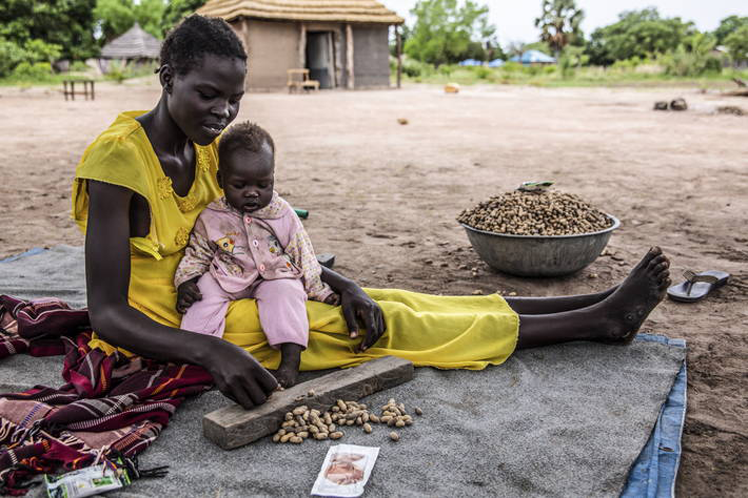According to the Food and Nutrition Security working group of the Intergovernmental Authority on Development (IGAD), the situation will worsen between May and July, and the number of people affected will represent 60 percent of the country’s population.
In a report published on Monday, the team revealed that among the main causes of this insecurity is also the long-lasting macroeconomic crisis.
Of the 7.2 million people at risk, it is estimated that at least 108,000 will suffer a critical food deficit situation and that the county of Pibor – in the eastern region of Sudan – will face a ‘probable famine,’ according to the classification of humanitarian organizations.
The document also adds that some 1.4 million children under the age of five could suffer from acute malnutrition this year.
IGAD, an East African integration scheme, is concerned that despite the food and malnutrition prognosis for South Sudan, the international donor response remains largely underfunded.
This African state is trying to eradicate the consequences of a civil war that from 2013 to 2018 affected its economic structure, mainly oil production and that of the agricultural sector.
rly/abo/mgt/mt









